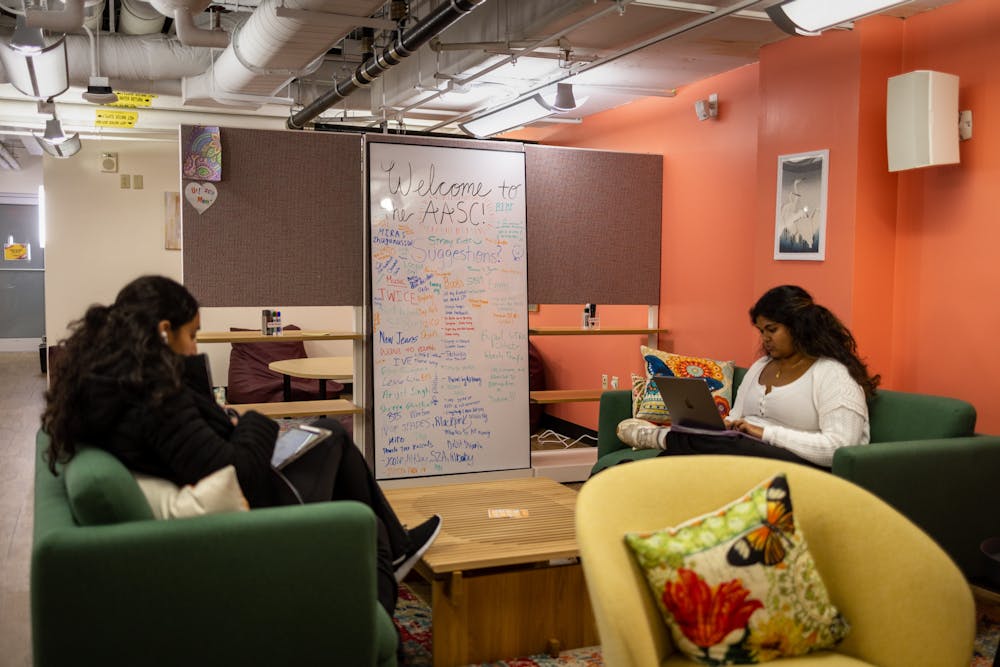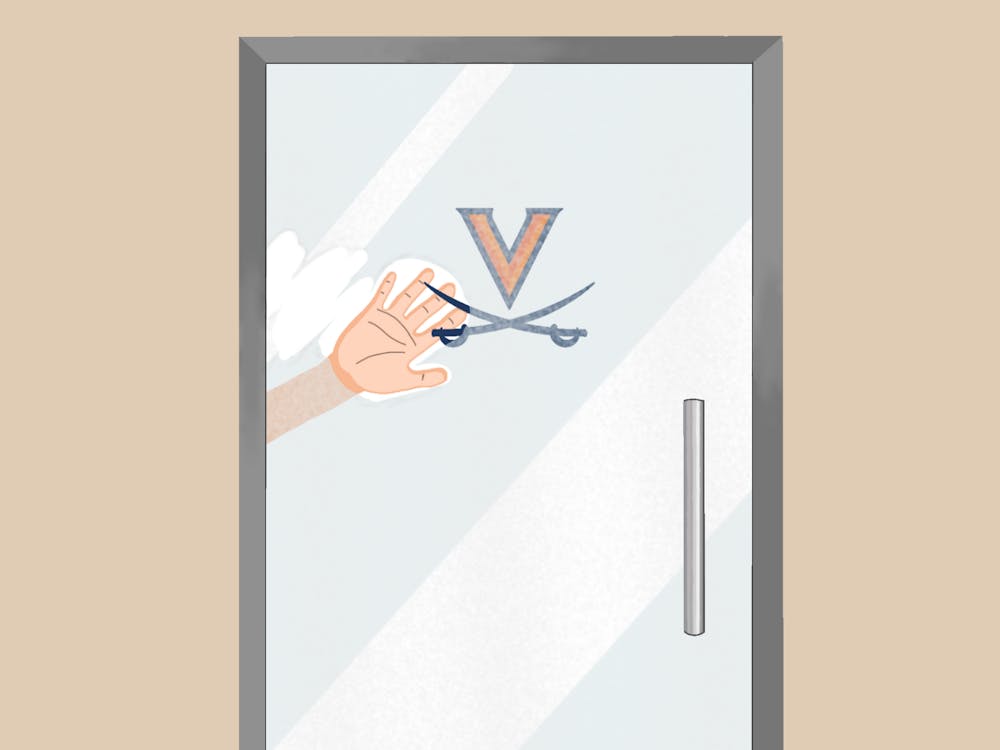The basement floor of Newcomb Hall has become livelier as of late as students excitedly explore the new Asian American Student Center. The center’s calendar has quickly been filled with a vibrant selection of events by student groups to facilitate bonding, dialogue and empowerment among Asian American-identifying students at the University. The AASC’s inception after over a decade of student advocacy calls for both celebration and a moment of reflection. Its opening is a step in the right direction towards a more inclusive and safe University for Asian Americans and an example of how students from marginalized backgrounds can and should call for their own spaces at the University.
While to many students it might seem that the AASC opened overnight, the behind-the-scenes work of establishing the space was long and arduous. Since 1994, students have been pushing for a space dedicated to uplifting Asian American students and culture. In 1994, the Asian Student Union in their Five Year Plan called for a student-run cultural center to address Asian American concerns. The University did not take action on their call, but students’ desire for the space never faded.
To fully contextualize the more recent calls to create an AASC, we have to remember that the issue of anti-Asian hate rose to the forefront of our national discourse in 2021 and 2022 with the tragic Atlanta spa shootings and the rise in hate crimes against Asian Americans. However, this was not just a national trend — it was also a visible issue within the University community. After University President Jim Ryan canceled classes due to COVID-19 in 2020, two Chinese students had eggs thrown at them outside the Aquatic and Fitness Center. Other anti-Asian harassment against faculty, staff, students and local Charlottesville community members went unreported but not unnoticed.
Because of the rise in anti-Asian hate, students pushed again for an AASC in 2021 through a letter signed by fifteen student organizations on Grounds. The AASC would be not just a resource and education center, but also a safe space for emotional support — as well as a sign of institutional support from a university that has historically alienated its Asian American students. The AASC’s presence today is a necessary affirmation that Asian Americans have fought and are still fighting to overcome adversity.
The AASC’s affirmation of Asian American marginalization productively counters those who do not believe that the Asian American community faces adversity. Student and guest writers at The Cavalier Daily have stressed the dangerous myth of Asian Americans as the model minority. The myth stereotypes all Asian Americans as innately studious, successful and smart — the closest minority to becoming honorary white people. According to a survey conducted by The Asian American Foundation this year, 62 percent of white Americans still view Asian Americans as closer to being white.This myth pits Asian Americans against other communities of people of color and erroneously oversimplifies Asian Americans as one homogenous group with the same values, class and history.
So, I will join my peers and the AASC in stressing that if the past few years of verbal abuse, attacks against Asian elderly people and high school students and intensifying xenophobia have shown us anything, it is that Asian Americans are far from gaining the acceptance they deserve. The AASC is a necessary physical space that reaffirms the salience of Asian American marginalization and works to help students overcome this adversity.
Even still, the question that many people may still have and that student advocates had to answer to get administration’s support for the AASC is this — what can an AASC do that the existing Multicultural Student Center cannot do already? Indeed, the MSC should be commended for the work they have already done to give historically marginalized groups a space to gather. However, to truly have meaningful conversations about the complexities of the Asian diaspora an AASC — with dedicated staff, programs, and physical space to serve as a reminder of the Asian American community’s strength on Grounds — is necessary. Asian American students recognized that the MSC is wholly insufficient to address this purpose, and rightfully fought for a physical space that celebrated Asian America.
To expand on the AASC’s success, University administration and students alike should be thinking about how we can continue to create spaces for Asian Americans. As students have pointed out already, the University still does not have an Asian American Studies major or a large Asian American faculty to Asian American student ratio. While the East Asian Language, Literatures and Cultures department offers excellent instruction on the linguistic techniques and history of East Asians, there should be more courses and faculty hired to teach the social and political history of Asian America — knowledge that can empower Asian-identifying students to explore their roots, contextualize their modern-day experiences and become engaged citizen-leaders.
The AASC is an inspiring presence for Asian American students on Grounds. Not only does it affirm the experiences of Asian American students, it also enriches the cultural environment of the University as a whole and provides all students with an opportunity to meaningfully engage with Asian American culture. Its success should be a sign for the University to consider heeding the calls of other minorities for a physical space. What about a communal gathering space for Black or Indigenous students on Grounds? Institutional support to ensure minority voices are seen and heard will go far to make our University a true home for diversity and inclusion. Let the AASC be the first in a series of successful fights to uplift marginalized voices on Grounds.
Songhan Pang is an Opinion Writer who writes about Health, Tech and Environment for The Cavalier Daily. She can be reached at opinion@cavalierdaily.com.







